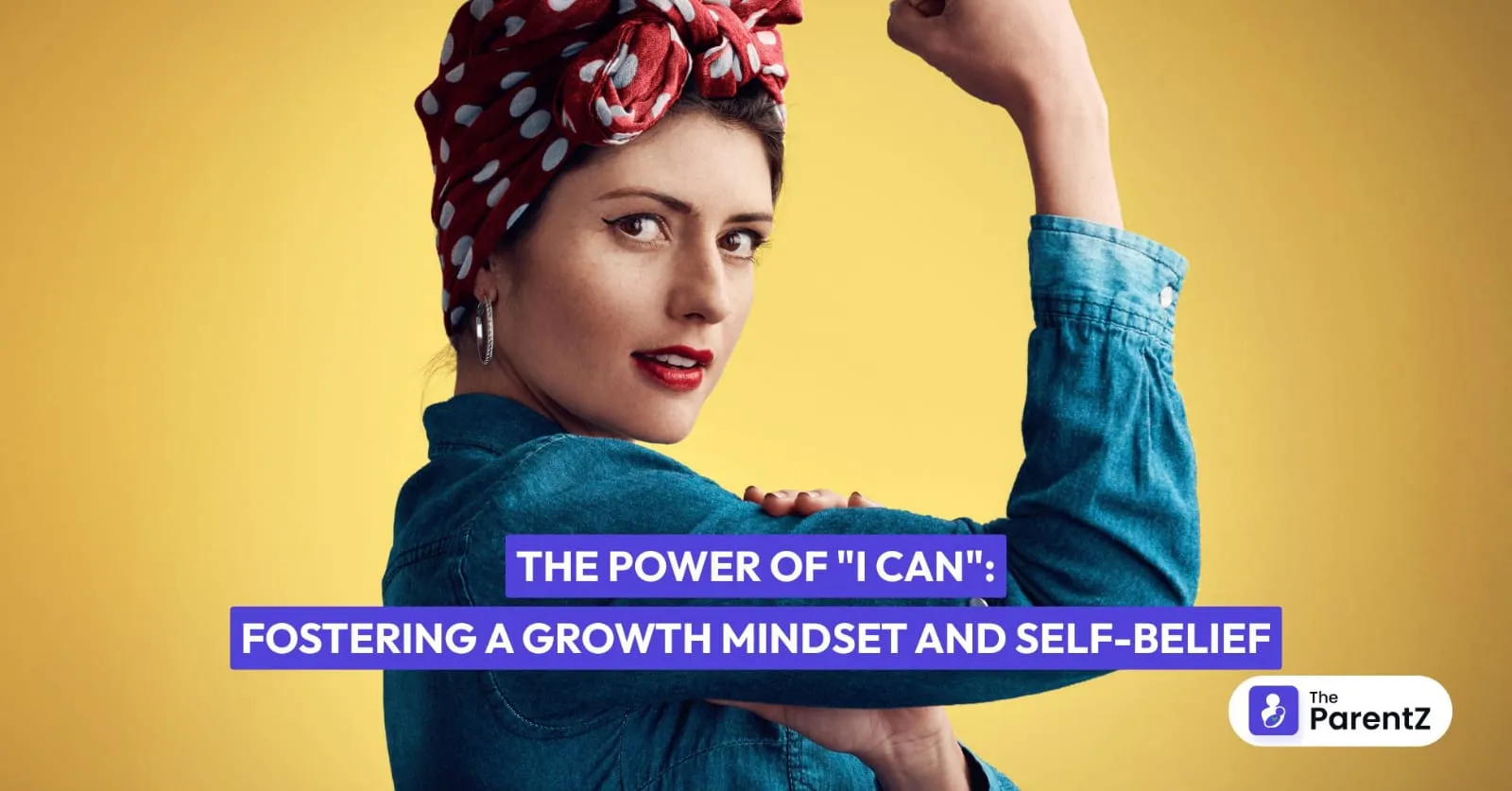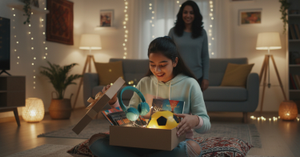Imagine your child struggling to tie their shoes, getting frustrated, and almost giving up, then suddenly, with a little encouragement, they do it! That proud smile and spark in their eyes is the power of an “I Can” moment. These moments aren’t just about small wins; they’re about building a mindset that says, “I can learn, I can grow, and I can try again.”
Why “I Can” Moments Matter
A growth mindset is the belief that abilities and intelligence can grow with effort, persistence, and the right strategies. Kids who believe “I can do this if I try” are more likely to take on challenges, bounce back from setbacks, and enjoy learning. This outlook is crucial in 2025, where instant gratification is the norm.
When kids experience “I Can” moments, they learn that mistakes aren’t failures but just steps on the path to success. This mindset helps them become more confident, curious, and eager to keep trying, even when things get tough.
How to Create “I Can” Moments at Home
Here are some simple ways to help your child build a growth mindset and self-belief:
1. Start Small and Build Up
Rather than setting your child up for an overwhelming challenge, create opportunities for small wins. If they're learning to tie their shoes, break it down into manageable steps. Each successful loop or knot becomes an "I can" moment that builds confidence for the next step.
2. Use the Power of "Yet"
When your child says, "I can't do this," gently add "yet" to the end of their sentence. "You can't do this YET, but you're getting closer." This tiny word transforms a dead-end into a pathway.
3. Model Your Own Growth Mindset
Kids notice everything! Let them see you struggle with new skills, whether it's figuring out a new app, learning a language on Duolingo, or mastering a recipe. Verbalize your thoughts: "This is tough, but I'm going to keep trying different approaches until I figure it out."
4. Create a Family "Challenge Zone"
Designate a weekly time where everyone tries something slightly outside their comfort zone. Maybe it's a new board game that requires strategy, a family cooking challenge, or five minutes of speaking only in a language you're all learning. The key is that everyone participates—including parents!
5. Celebrate Effort Over Outcome
Instead of "You're so smart!" try "Wow, you really stuck with that problem until you solved it!" This shifts the focus from innate ability to process and perseverance.
6. Encourage Healthy Risk-Taking and Learning from Mistakes
Let your child try new things, even if they might not succeed right away. When they make a mistake, remind them that mistakes are how we learn. Share stories of famous people who failed many times before succeeding, like Thomas Edison, who said, “I have not failed. I’ve just found 10,000 ways that won’t work”.
7. Create a Safe, Supportive Environment
Make your home a place where questions are welcome and curiosity is celebrated. When your child asks, “Can I try?” say, “Yes, you can! And I’m here to help if you need it.”
Encouraging Reluctant Kids to Join the "I Can" Revolution
What about kids who seem permanently stuck in "I can't" mode? The ones who shut down at the first sign of difficulty? Here's how to help them:
- Meet them where they are: If your child refuses to try new activities, don't force it. Instead, find something they already enjoy and gradually introduce small variations or challenges within that comfort zone.
- Make it social (but not competitive): Today's kids respond well to collaborative challenges. Instead of "Can you do this?" try "Should we figure this out together?" Digital natives often thrive in collaborative problem-solving scenarios.
- Use tech wisely: Apps and games that provide progressive challenges with immediate feedback can help build confidence. Many educational platforms now incorporate growth mindset principles with adaptive difficulty levels that ensure kids experience that "I can do this!" feeling.
- Create visual progress markers: Today's children are visual learners. Create a simple chart or digital tracker that shows their progress over time. Being able to see improvement makes "I can" tangible.
Conclusion
When children develop an "I can" attitude, it doesn't just help them with immediate challenges. This mindset becomes their foundation for approaching life's bigger hurdles later on.
A child who believes "I can learn this new skill" becomes a teenager who believes "I can speak up for what's right," and eventually an adult who believes "I can create positive change in the world."
In our rapidly changing world, the ability to believe in oneself and adapt to new challenges isn't just helpful—it's essential. And it all starts with those two simple, powerful words: "I can."









Be the first one to comment on this story.